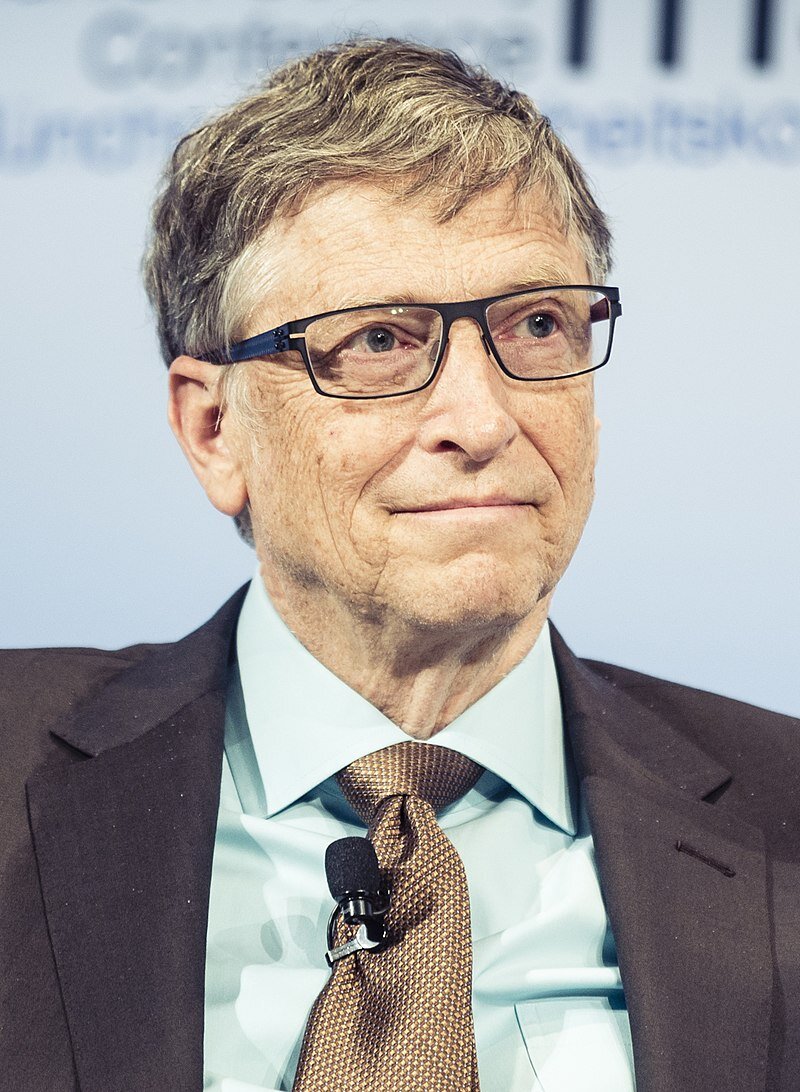Funding to universities by the Bill & Melinda Gates Foundation
Introduction
In 2020, we undertook a review of Gates Foundation donations from 2014-18 based on the Foundation’s PF-990 tax filings. In August 2021 - and with the publication of new data provided by the International Aid Transparency Initiative (IATI) about Gates Foundation giving - we have undertaken a ten-year review of its university funding. The world’s largest private foundation has disbursed over $11.6bn in funding to 471 universities and higher education institutions in 66 countries over the past 10 years.
According to the IATI data around 17% of Gates giving in the past decade ($67.8bn) has gone directly to universities and higher education institutions. It is a major funder of universities globally. Giving to universities is heavily weighted to North American and Western European institutions.
Key findings
The Gates Foundation has awarded $11.6bn in funding to 471 universities and higher education institutions in 66 countries over the past 10 years.
The number of beneficiaries jumped 44% from 151 in 2010 to 218 in 2019.
In 2010, the Foundation awarded $494m to 151 universities in 22 countries.
By 2019, the Foundation awarded $1.6bn to 218 universities in 41 countries.
The top three research areas that universities successfully received funding for over the past decade are:
Maternity, motherhood and early years (17%)
Crop & agricultural research (12%)
HIV / AIDS (10%)
Gates university giving is heavily skewed to developed economies. 92% of its university funding goes to universities in high income countries. 8% goes to middle income countries. Just $20m was awarded to 13 universities in low income countries between 2010-19.
While there is a significant skew to US institutions, around a third of funding goes to non-US institutions. In 2010, 37% of Gates Foundation university funding went to institutions outside the US. By 2019, 30% of Gates Foundation university recipients were non-US institutions, reflecting a steady decline over the decade.
68% of its university giving has gone to US institutions. UK institutions are second place (12%: $1.4bn) while Canadian universities are the third biggest beneficiary (4%: $462m).
The University of Washington in Seattle is the biggest beneficiary, receiving 13% of all giving to higher education institutions. Between 2010-19, it received over $1.56bn from the Gates Foundation.
The top five university beneficiaries are University of Washington ($1.56bn), John Hopkins University ($1bn), Emory University ($522m), University of California, San Francisco ($410m) and University of Oxford ($375m).
Seven out of the top 10 beneficiaries are US universities. The biggest non-US beneficiary is the University of Oxford, followed by the London School of Hygiene and Tropical Medicine ($344m) and the University of Manitoba ($281m).
Regionally, North American universities are the biggest recipient of Gates Foundation funding. 188 institutions received 72% of giving. Giving to US universities is increasing.
European universities are the second biggest group of beneficiaries, receiving around 16% of Gates university giving between 2010-19. Funding is heavily skewed to the UK. 109 European universities received $2bn. The UK is the biggest beneficiary with $1.4bn disbursed to 43 UK universities.
The five biggest European beneficiaries scooped $1.1bn in Gates funding, 53% of all European university giving. They are Oxford ($375m), London School of Hygiene and Tropical Medicine ($335m), Liverpool School of Tropical Medicine ($140m), the University of Greenwich ($118m) and the Barcelona Institute for Global Health. 104 European universities shared the outstanding $956m of Gates funding.
Seven out of the top 10 beneficiaries are US universities. The biggest non-US beneficiary is the University of Oxford, followed by the London School of Hygiene and Tropical Medicine ($344m) and the University of Manitoba ($281m).
Asian universities are the third biggest regional beneficiary, receiving 5% of Gates university funding in the past decade. Giving to Asian universities has risen by 800% between 2010 and 2019. 57 Asian institutions received $555m in funding.
Indian universities are the biggest beneficiaries in Asia. 16 institutions shared $208m in Gates funding in the past decade. Chinese universities are the second biggest beneficiaries of Gates funding in Asia.
African universities received 4% of Gates giving. 58 institutions in 19 countries were awarded $444m over the decade. Giving to African universities has grown by 125% over the decade.
Asian universities are the third biggest regional beneficiary, receiving 5% of Gates university funding in the past decade. Giving to Asian universities has risen by 800% between 2010 and 2019. 57 Asian institutions received $555m in funding.
Indian universities are the biggest beneficiaries in Asia. 16 institutions shared $208m in Gates funding in the past decade. Chinese universities are the second biggest beneficiaries of Gates funding in Asia.
African universities received 4% of Gates giving. 58 institutions in 19 countries were awarded $444m over the decade. Giving to African universities has grown by 125% over the decade.
25 Australasian universities received $186m over the decade. Most of the funding is for neglected tropical diseases.
Giving to the Middle East & North Africa is modest: $29m was shared between 9 universities. Israeli institutions were the biggest beneficiaries receiving $19m.
Latin American universities received the smallest sums. $24m was awarded to 24 universities. Giving to Latin American institutions has been in decline since 2013.


